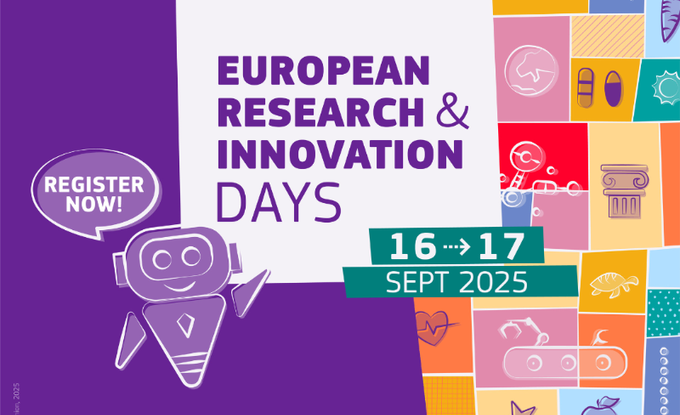
- This event has passed.
Discover EDITO at the European Research & Innovation Days

The sixth edition of the Research & Innovation Days will take place on 16-17 September in Brussels (Belgium). Encompassing high-level conferences, engaging panels and networking opportunities, this landmark event aims to discuss how research and innovation drives Europe’s priorities and ambitions on sustainability and industrial leadership. It will bring together different communities such as policy- and decision-makers, business leaders, scientists, and researchers.
Research & Innovation Days will be an exciting opportunity for participants to discover EDITO’s, where a booth and a demonstration of the European Digital Twin of the Ocean will be accessible to the public. Powered by EMODnet and Copernicus Marine Service data, the demo will feature What-if Scenario applications and EDITO infrastructure to show the potential of this tool for better science-based decision-making on ocean sustainability and management. The event will showcase what the EDITO platform offers scientists, analysts, developers, blue economy stakeholders, decision makers and wider citizens across Europe and internationally. You can participate online or in person, come meet and speak to the EDITO Team. Join us to explore and learn about the ocean like never before!
Register here: European Research and Innovation Days 2025 – New Registration
More information on the full agenda, speakers and programme can be found here: Events | The research and innovation community platform
